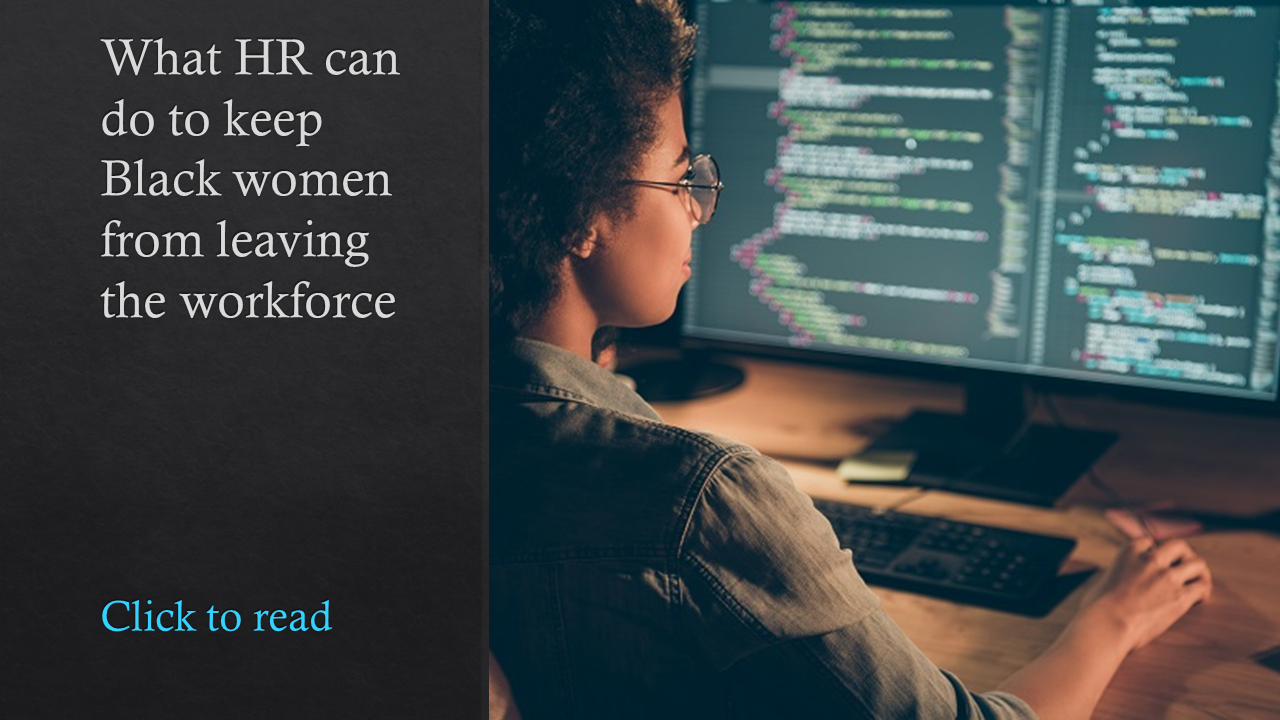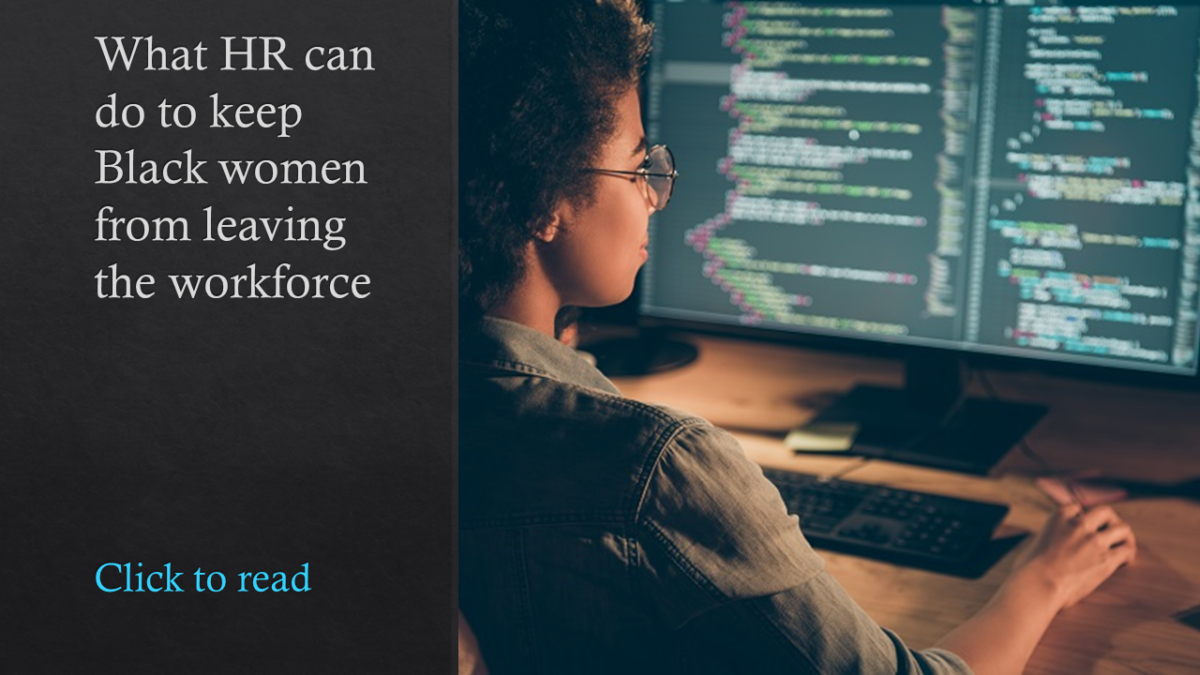The murder trial of Derek Chauvin—a former Minneapolis police officer accused of killing George Floyd last spring—is now in its second week. As a case considered a potential bellwether for criminal prosecution of police brutality, the proceedings may have many employees preoccupied, even disengaged from work.
While that could worry some employers about productivity, now is the time to give employees the space they may need, says Dr. Bobbi Thomason, assistant professor of applied behavioral science at Pepperdine Graziadio Business School.
“Leaders must understand that what employees, especially employees of color and Black employees, are experiencing during and following impactful social events like the Derek Chauvin trial is a trauma,” Thomason says. With footage of the trial—and of Floyd’s death—being played on the loop on cable TV and across social media, some employees may be consistently reliving emotions they felt last year—and those associated with traumas they’ve experienced personally.
Rocki Howard, chief diversity officer, SmartRecruiters
“Experiencing racial trauma is exhausting. Rest is imperative for recovery and resilience,” she says, noting that employers should encourage all employees to take time off whenever they need it as well as emphasize how they can access support, such as through their mental health benefits or an employee assistance program.
See also: 6 ways we’re getting diversity recruiting all wrong
Even though these may have been conversations HR and business leaders have had with employees many times over the tumultuous last year, they’re worth repeating at times of social stress, says Rocki Howard, chief diversity officer at SmartRecruiters.
Howard notes that a recent Just Capital and Harris Poll survey found that 89% of Americans believe that 2020 was an opportunity for large companies to hit the “reset” button and focus on “doing right by their workers, customers, communities and the environment.”
The Chauvin trial can be a test for whether employers are up to that challenge, Howard says.
“These moments have the opportunity to distinguish managers from leaders, performative inclusion and belonging initiatives from the authentic care for the wellbeing of every member of our organizations,” Howard says.
In navigating how to give employees the support they need to cope, while still striving to meet business objectives, employers need to ask themselves a number of questions, Howard says: Can we give space and time to the people who need it while asking allies, team members to step up and fill the gap? Can we clarify business needs and give people the opportunity to meet them, though maybe outside of traditional hours? Can we lead with empathy and transparency to broker the right balance and compromise?
Employers should be keyed in to the needs of their employees as they seek to answer these questions.
 “Listen all the time—not only at organized conversations but also in casual and impromptu conversations when your Black colleagues tell you how they are experiencing current events,” Thomason says, cautioning business leaders, however, not to put the burden on Black employees to educate the organization about racism. “Take it upon yourself as managers and colleagues to learn about racism.”
“Listen all the time—not only at organized conversations but also in casual and impromptu conversations when your Black colleagues tell you how they are experiencing current events,” Thomason says, cautioning business leaders, however, not to put the burden on Black employees to educate the organization about racism. “Take it upon yourself as managers and colleagues to learn about racism.”
Leaders should also be proactive: The trial is still expected to last a few more weeks, but a verdict could be swift.
No matter the outcome, there will be intense emotion on all sides, Howard says.
“It is up to individual corporations to determine how they want to respond to the ‘politics’ of these outcomes. However, we all have a responsibility to support the extreme emotions these situations will cause,” she says.
Organizations should think now about connecting employees to EAPs or employee resource groups, internal conversations, open-door sessions, expert-led conversations, flex time and PTO. In short—have a plan.
Communication is key to that plan: Create a strategy around leveraging email and internal communication channels like Slack and Facebook for Work, and start deploying it before the trial concludes. Determine external messaging as well, as employees will be expecting the organization to have a public response.
And, especially given the lessons of the last year, be prepared to change the plan as news develops.
“Be flexible,” Howard says, “and don’t forget to ask people what they need.”
